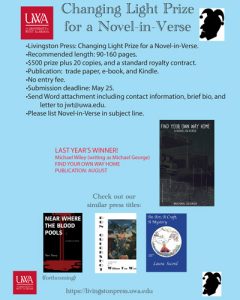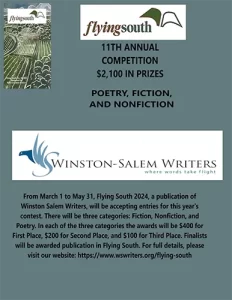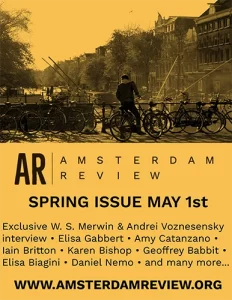Minnetonka Review – Fall 2010
Issue 6
Fall 2010
Biannual
Sima Rabinowitz
This issue features 7 short stories, four works of nonfiction, and poems by a dozen and a half poets. Best-known writers in the TOC are poets Philip Dacey, Simon Perchik, and Mary Crow. Art Director Keith Demanche contributes a number of captivating black and white photographs of Minnesota nature scenes. They capture with uncanny accuracy the grandeur and drama of the landscape with its massive skies and showy weather.
This issue features 7 short stories, four works of nonfiction, and poems by a dozen and a half poets. Best-known writers in the TOC are poets Philip Dacey, Simon Perchik, and Mary Crow. Art Director Keith Demanche contributes a number of captivating black and white photographs of Minnesota nature scenes. They capture with uncanny accuracy the grandeur and drama of the landscape with its massive skies and showy weather.
Work in this issue is, for the most part, affable (though some work is edgier than affable might suggest), accessible, and approachable. Family stories, nature scenes, and geography take center stage in the majority of both poetry and prose contributions. Notable exceptions include poems by Perchik, which are, typical of his work, not driven by narrative impulses but instead by strong and original images. These poems are, however, less abstract than much of the poet’s earlier work, more philosophical, and quite moving emotionally. Here are the opening lines of the first of three untitled poems:
This pen clinging to my hand
is frightened – in small doses
even a stone emits an invisible ray
slowly devours its predators
– who would suspect something so old
still wants to survive
Another notable standout is short fiction by Ed Fischer, “We Are Not German!” a fascinating story about a researcher who studies life during the Third Reich. The writing and subject matter are original and I appreciated the piece’s departure from the “how-I-didn’t-really-overcome-inertia” story I’ve encountered so much of lately.
Other work in this issue that distinguishes itself from the routine or commonplace includes a short story by Dennis Vannatta, “Oppie in the Sangre de Christo” and an essay by Philip Kobylarz, “Of Oil Paintings and Oceans.” I like very much a poem by George Moore, “Angel Tree,” which begins with the marvelous opening line: “Outside of town, on the trail leading toward someone’s idea of heaven / there was a barren tree.” Moore knows how to interest me in that barren tree when I might be tempted to skip it or overlook it, thanks to the phrase “someone’s idea of heaven.” It’s this kind of smart, subtle line that can keep the whole world from feeling like one big barren tree.
[minnetonkareview.com/]




